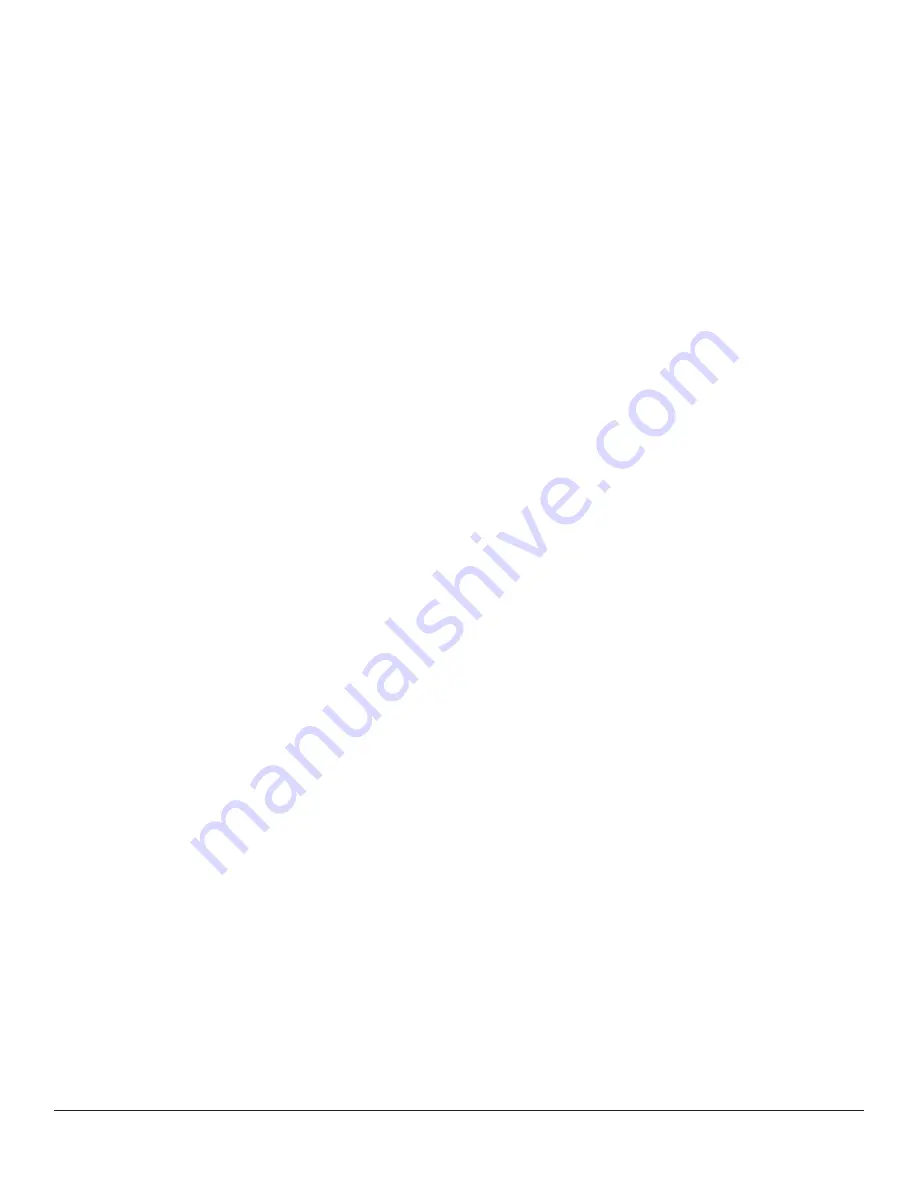
To order parts and supplies: 800.343.9353 >> eastwood.com
15
SHEET METAL WELDING TECHNIQUES
When welding sheet metal a different approach is usually taken to account for how thin the metal is and it’s susceptible to warping it is. The technique most often
used is called Stitch Welding and this process is described below:
• Clean the metal to be welded of any paint, rust, oil, grease, dirt or any other contaminants that may be on the surface of the piece.
• Secure the pieces to be welded in place using clamps. Be sure to leave a small gap between the two pieces of sheet metal for the weld to flow into, this
will result in a lower bead height which will require minimal finishing.
• Consult the Suggested Settings Chart and set the Voltage and Wire Speed knobs appropriately.
• Get some pieces of scrap metal of the same thickness and verify that the settings will work for the specific weld you will be making.
• Once the settings have been fine-tuned tack weld your final pieces in places and remove the clamps if they are in the way of the weld.
• The Stitch Welding technique can now be utilized which is basically a series of tacks connecting together. To perform the technique, trigger the gun to form
a tack weld and then continue to trigger on and off the gun making a series of connected tack welds following along the path of the weld joint. Continue
the series of tacks for an inch or so and then move to a different section of the weld and perform the process there. It is essential to keep moving around
to spread out the heat making sure not to get one section too hot and warp the metal.
• Once the entire weld has been completed allow the metal to cool. If necessary follow up with a flap disc to grind the weld bead flush.
HEAVY GAUGE METAL WELDING TECHNIQUES
When welding heavy gauge metal, a continuous bead is formed using a ‘push’ method. This process is described below:
• Clean the metal to be welded of any paint, rust, oil, grease, dirt or any other contaminants that may be on the surface of the piece.
• Secure the pieces to be welded in place using clamps. Be sure to leave a small gap between the two pieces of metal for the weld to flow into, this will
result in a lower bead height which will require minimal finishing. Any material thicker than 1/8” should be beveled using an angle grinder.
• Consult the Suggested Settings Chart and set the Voltage and Wire Speed knobs appropriately.
• Get some pieces of scrap metal of the same thickness and verify that the settings will work for the specific weld you will be making.
• Once the settings have been fine-tuned tack weld your final pieces in places and remove the clamps if they are in the way of the weld.
• When welding heavy gauge metal there are two basic approaches to creating the weld. The first is a continuous bead with steady gun movement along the
length of the joint. The second type of weld is a Stringer or Weave bead. This is accomplished by moving the torch in a circular or zig zag pattern. Either of
these techniques will create strong welds but in some cases the Stringer or Weave type will create a more aesthetically pleasing weld bead.
• Once the entire weld has been completed, allow the metal to cool. If necessary, follow up with a flap disc to grind the weld bead flush.






























